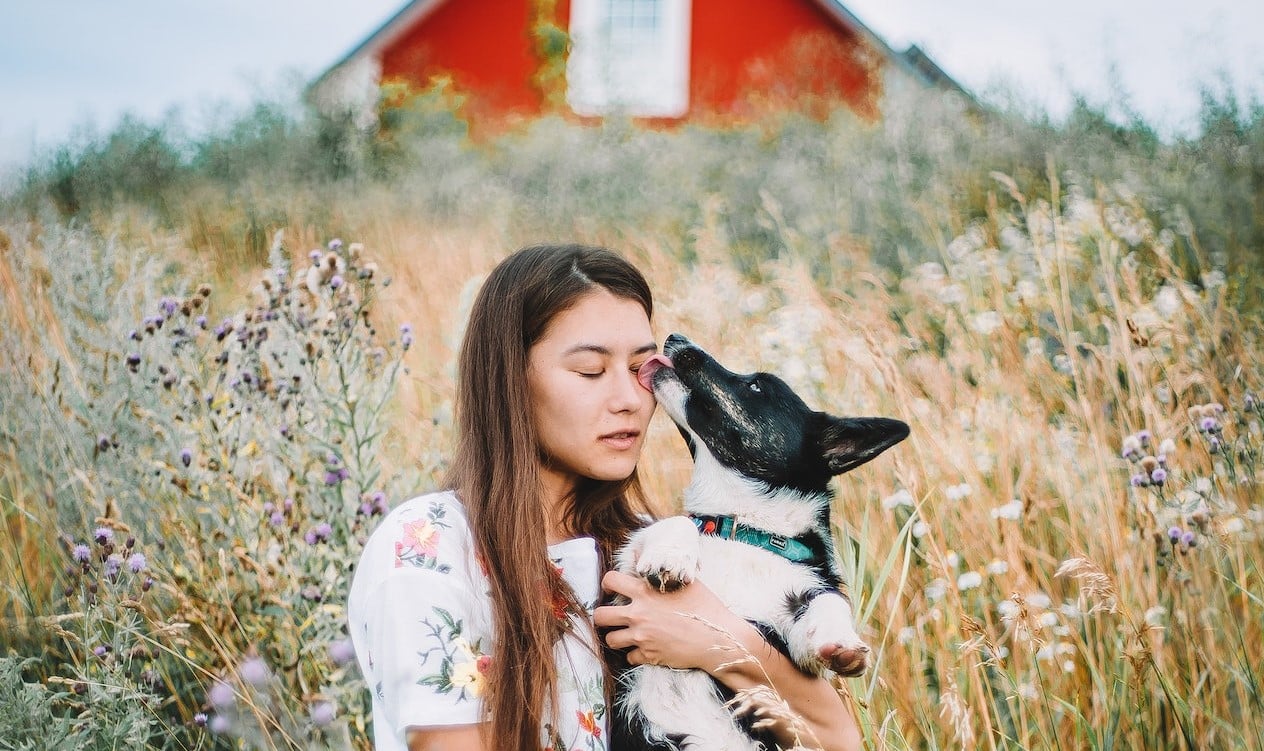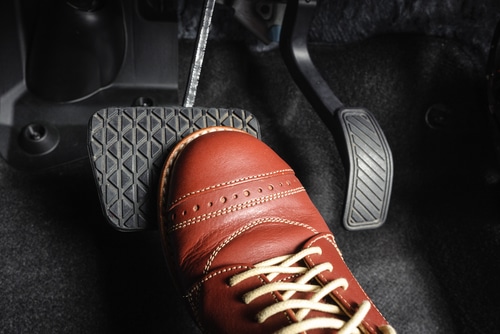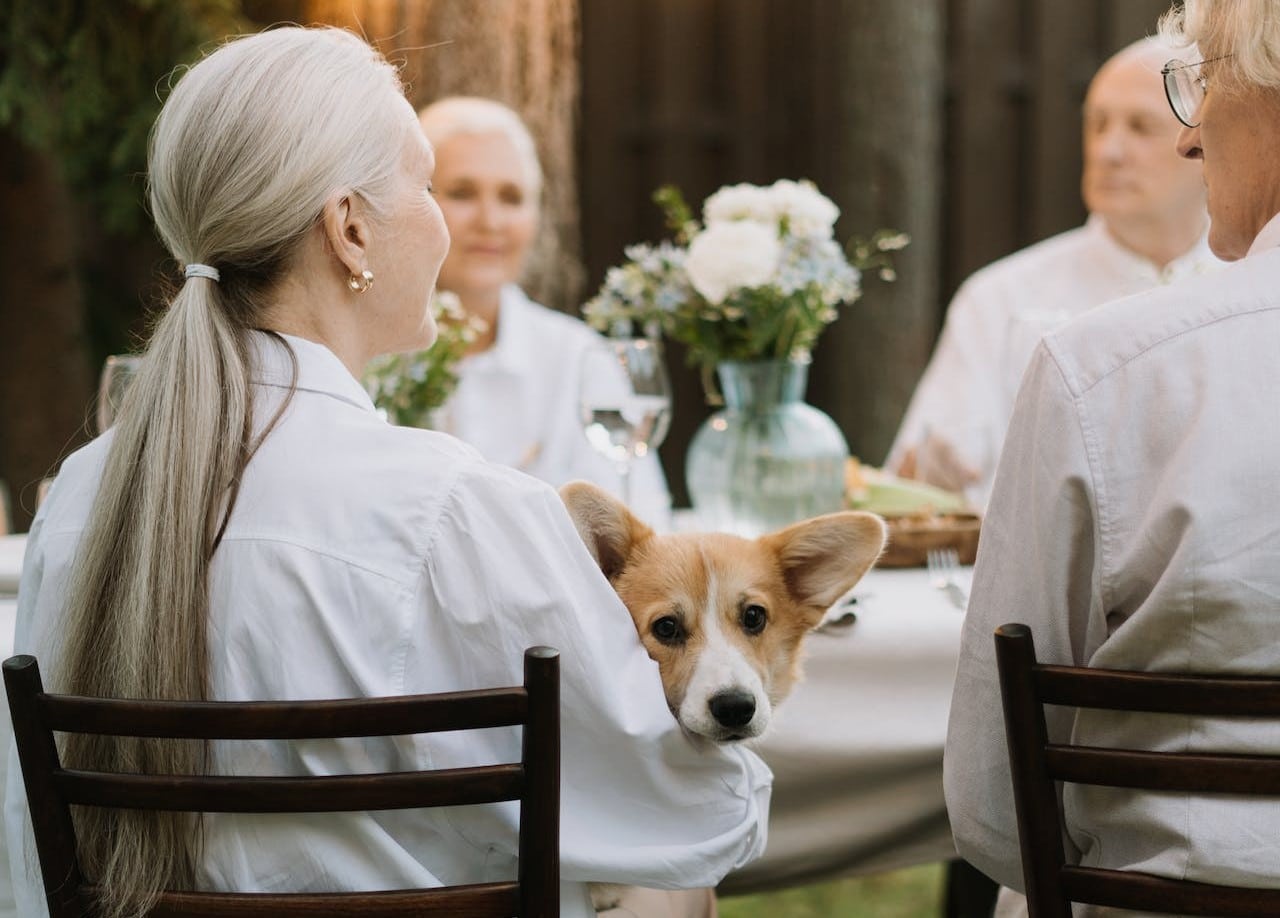Home » Blog » Pet » Pet Health & Safety » True or False: Grass Seeds Can Cause Severe Infections in Pets
Categories
Tags
animal welfare
breed profile
buying a car
buying a pet
Car
car accessories
car care
car features
car insurance
Car safety
car sales
car service
cat
cat behaviour
cat body language
Cat Breeds
cat food
cat insurance
comprehensive car insurance
Dog
Dog Behaviour
dog body language
Dog Breeds
dog food
Dog Insurance
dog training
eco friendly cars
Kitten
New Car
pet accessories
pet activities
Pet Adoption
pet breeders
pet days of the year
pet fun stuff
Pet Health
pet insurance
pet parenting
Pet Safety
pet services
Puppy
rescue pets
road safety
road trip
safe driving
Recent Blog:
Facebook Posts
1 day ago
Growing old sometimes means we can’t take care of pets anymore. Find out some advice on what to do when this happens:![]()
![]() Senior Pet Parents – Contingency Plans for Your Pet – bit.ly/44bzwkS
... See MoreSee Less
Senior Pet Parents – Contingency Plans for Your Pet – bit.ly/44bzwkS
... See MoreSee Less
Senior Pet Parents' Contingency Plans for Pets
www.pd.com.au
Sometimes senior pet parents need more downtime. For older pet owners, this can be tricky to navigate if their dog or cat is full of beans and wants to3 days ago
Before you rev up the engine, let’s run through a checklist of things to do before starting your car. Not only do these steps ensure your safety (and that of others around you), but they also help in maintaining your vehicle's longevity.![]()
![]() Driving Tips: Your Checklist Before Starting Your Car -
... See MoreSee Less
Driving Tips: Your Checklist Before Starting Your Car -
... See MoreSee Less
Driving Tips: Your Checklist Before Starting Your Car
www.pd.com.au
Heading out for a drive? Hold up a second! Whether you're dashing off to work, running errands, or embarking on a road trip adventure, there are a few1 week ago
Are intestinal worms setting up camp in your dog’s gut without paying rent? Here’s how to spot the main culprits and get rid of them too:![]()
![]() Preventing, Identifying and Treating Intestinal Worms in Dogs - bit.ly/43YjCKu
... See MoreSee Less
Preventing, Identifying and Treating Intestinal Worms in Dogs - bit.ly/43YjCKu
... See MoreSee Less
Preventing, Identifying and Treating Intestinal Worms in Dogs
www.pd.com.au
Intestinal worms, such as roundworms in dogs are one of the least glamorous topics on the planet. These intestinal parasites that basically use our dogsSometimes the only thing better for a dog than a walk in the park is a walk in a meadow or field. Running through long grass under the open skies can make dogs ridiculously happy. Sadly though, seeds from these environments can also make them sad and sore. Grass seed (or awn) infection can affect dogs’ paws, noses, lungs and more, and can even land pets up needing surgery.
Grass is everywhere. We don’t think of it as dangerous and it needn’t be with a little know-how.
Because grass seed infection in dogs and cats is not only possible but can be quite serious, PD is unpacking the how, what and why. Find out more in this article.
Table of contents
- Increase in claims for grass seed infection in pets
- What is a grass seed infection in dogs and cats?
- What does an infected grass seed look like on a dog (and cat!)?
- How do you prevent grass seed infections in dogs and cats?
- What grasses should I look out for?
- When to see a vet for a grass awn infection in pets
- Award winning pet insurance
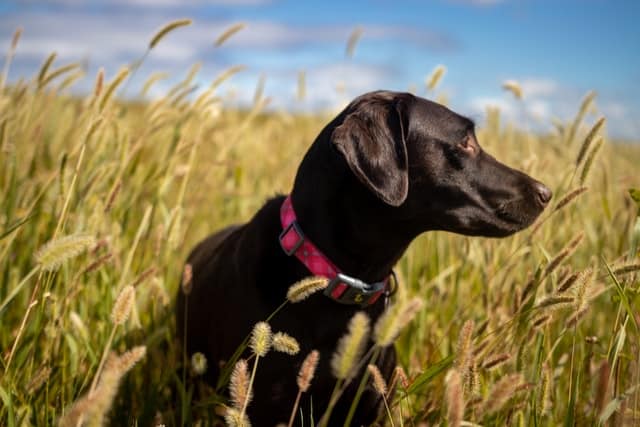
Increase in claims for grass seed infection in pets
Over the past several weeks PD’s claims manager and her team have seen grass seed related claims rising. Australia has an abundance of grass types that are prolific in many parts of the continent. Summer is an especially bad time for grass seeds, which are more prevalent during the warmer months.
You and your pet very likely encounter several common types of grasses on a routine basis. Understandably so;
Grass awns are hair or bristle-like structures. The sharp barbed structure simply sits in waiting for a passing pet to rub past so it can latch on. Once on though, grass awns are so well designed that sometimes they simply stay.
You’ve probably seen pictures of wheat. This is a perfect example of larger grass awns, but in most wild grasses or grains they’re much smaller. That also makes them much harder to spot once on your pet’s fur.
What is a grass seed infection in dogs and cats?
In most cases, grass seeds aren’t a problem and don’t result in infection. They tend to fall off naturally during grooming, licking or scratching. But on occasion they stay lodged and can be really hard to see in your pet’s fur.
In these rare instances they can lodge themselves deeper and cause intense discomfort, irritation and eventually infection until they’re removed.
A grass seed or awn that doesn’t dislodge can penetrate your pet’s skin and work its way through their body causing infection. They cause a range of health risks from sepsis and abscesses to other complications.
Depending on where the seed lodges and enters a pet’s body (like the spine for example) it could even lead to paralysis. Before we look at grass seed infection symptoms, read about dog skin conditions that can be caused by allergens like grass.
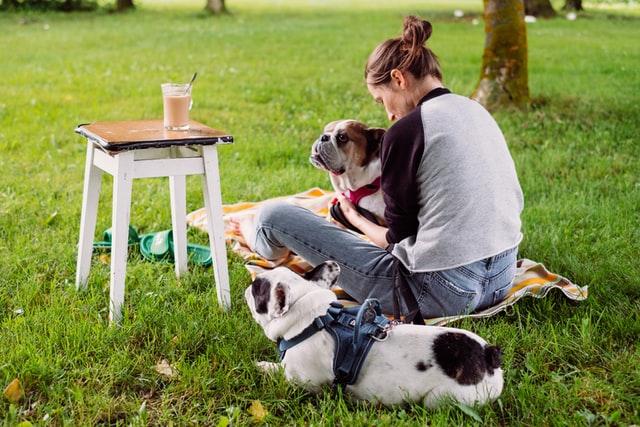
What does an infected grass seed look like on a dog (and cat!)?
Grass seed infections in dogs and cats can present in several ways. While the infection generally causes swelling like a blister. Again, the severity and range of resulting symptoms tend to depend on where the grass awn enters your pet’s body.
Here’s a (non-exhaustive) list of likely symptoms:
- Swelling / redness. A lodged grass seed causes inflammation that progresses into an abscess
- Fever. A grass seed infection can cause your dog or cat to develop a fever in defence
- Pain / discomfort. Be alert if your pet is whining or meowing to display pain
- Discharge. Lookout for a discharge or pus at the site where the seed is lodged
- Scratching / licking. In a bid to remove the seed your pet may incessantly lick or scratch the affected area
- Shaking / holding down their head. They may also rub their ear on the ground (when an awn is in the ear)
- Lameness. Struggling to walk or becoming lame can indicate the awn is trapped in the paw or leg
- Loss of appetite. A grass seed infection can cause a pet to lose their appetite
- Violent sneezing. If an awn is in their nose they may sneeze, rub their nose, paw at their face and even potentially knock their nose on the ground trying to get it out
Grass seeds can pretty much become lodged anywhere – including being inhaled and ending up in pets’ lungs. However the more common places would be the paws, ears, nose and eyes.
Here’s a video from ABC news featuring Archie who got a grass seed infection in his paw:
How do you prevent grass seed infections in dogs and cats?
The warm Aussie weather is when you’ll find the most grass seeds. This is when to be especially on the lookout. There are several safety measures to take to avoid grass seed infections in a dog or cat, including:
💡 Keep it short (your lawn not your pet’s fur)
Mowing your lawn regularly is good for your pet because you reduce the amount of grass awns, so fewer have the chance to sneak into their fur and hang on. Speaking of lawns and pets, find out why dogs eat grass and why cats eat grass.
Also read why it’s fine to shave your lawn but not to shave your dog.
💡 Brush up (and be Sherlock Holmes)
Brushing your pet will help you inspect (see what we did there) your pet’s fur for debris like grass awns. Brushing will very likely remove the seeds long before they have a chance to lodge into your pet’s skin folds and under the skin.
Pay special attention to their ears, coat, paws and around their eyes, where seeds can and tend to latch on. Of course brushing is also worthwhile because it helps your pet’s fur stay healthy and fresh. Not to mention it’s a chance for you to bond.
Read all about brushing as part of routine pet care for your cat or dog.
💡 Protection fit for the catwalk
If you can’t stop your dog from going where there are heaps of grass awns then take other protective measures. Consider using protective gear for pets. These could include a pet bodysuit, coat or boots to help stop the grass seeds from catching and causing infection.
However, always take note of your pet’s temperature. When they’re wearing anything on top of their fur they can easily overheat. Unlike you and I, they can’t choose to remove a layer and too much heat is dangerous.
Read about Dress Your Pet Up Day for several safety tips.
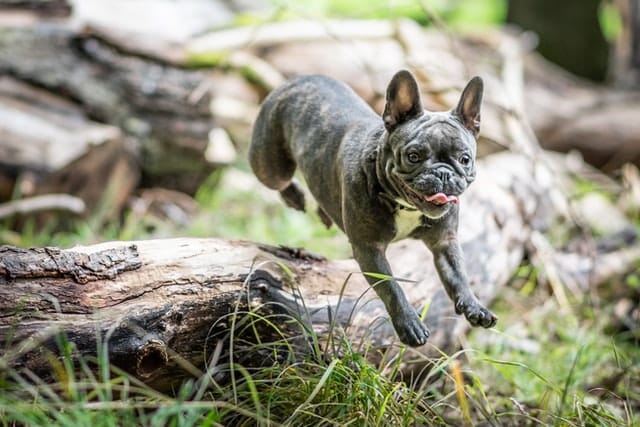
What grasses should I look out for?
Below are some common types of grasses that can cause grass seed infection in pets in Australia. If you’re hiking or camping with pets it’s a good idea to do an online search and find out what grasses are most common where you’re going, so you can prepare.
Here’s more on travelling with pets and pet friendly Airbnbs in Australia.
Pictures courtesy of Wikimedia Commons:
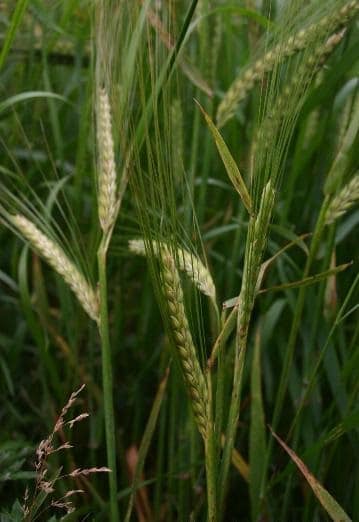
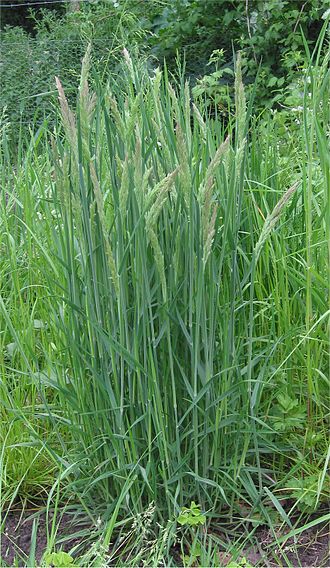
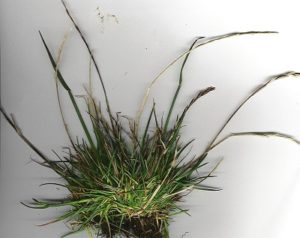
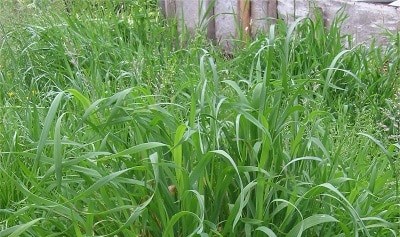
When to see a vet for a grass awn infection in pets
No matter how careful we as pet parents are, a grass seed infection in pets can still happen. It’s not your fault. What’s important is to have your vet remove the seed. Depending on how long the seed has been lodged, how deeply it’s lodged and how far the infection progresses, treatment may include a dose of antibiotics to combat infection.
If you suspect your cat or dog has a grass seed infection the best thing you can do is take them to the vet. Don’t wait, because the infection can become severe and harder to treat. Depending where the grass awn lodges and infects a dog or cat’s body, the fallout simply isn’t worth it.
In rare cases a grass seed infection in the wrong part of the body can be fatal to pets. Grass awns in dogs and cats should be taken very seriously.
Award winning pet insurance
Can’t afford to have a grass seed infection in your dog or cat surgically removed and treated? Hopefully you won’t have to stress because you’ll already have a pet insurance plan in place…
Get a quote for award winning pet insurance from PD Insurance today. This will help you cover a large list of pet health costs from dental to illness and accident – it just depends on the level of cover you choose. Click below to get a quote.
Share On:

